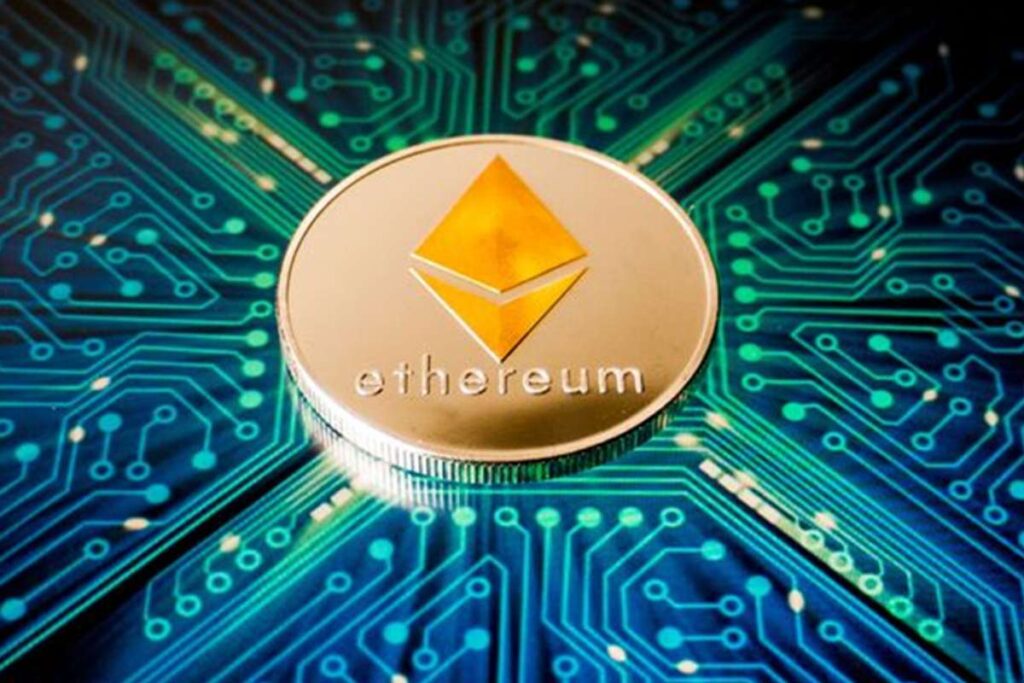What Ways Does Ethereum Work? What is Ethereum? What is its purpose, and what makes it so well-known? We’ll look at all you must learn about Ethereum and the basics of the way it works. When you’re done with this article, you’ll have an excellent knowledge of all Ethereum offers. Let’s start!
What Is Ethereum?
According to the description of the cryptocurrency, Ethereum is “a global, decentralized platform for money and new kinds of applications” which includes hundreds of gaming and financial applications that run in Ethereum. It blockchain is so well-known that other cryptocurrency coins can be used on the Ethereum network.
The central component of Ethereum is its blockchain. Blockchain can be described as a decentralized ledger that records and verifies transactions. It’s distributed because each participant on the Ethereum network has the exact copy of the ledger and can view the entire history of transactions. It’s decentralized because the network isn’t run or controlled by any central entity. Instead, it’s managed by the entire group of holders of the distributed ledger.
Blockchain transactions rely on encryption to keep the network safe and to verify transactions.
Ether, the token that is native to Ethereum, is a currency that can be used to purchase and sell services and goods as Bitcoin. What’s different about Ethereum is the ability of users to create apps to “run” on the blockchain as software “runs” on a computer. They can save and transfer personal information or manage complex financial transactions.
If you’re new to buying Ethereum in Australia, buying with a credit card is the most straightforward way to purchase Ethereum. All you need is your credit card information, and you can buy Ethereum in minutes.
What Is The Working Of Ethereum?
Like Bitcoin, the Ethereum network is accessible on many computers because users participate by “nodes,” rather than a centralized server. This means that the network is decentralized, extremely resistant to attack, and unable to be destroyed because of it. If one computer is down, it’s not a problem since thousands of other computers are stifling the network.
Ethereum is one decentralized system that runs a machine called The Ethereum Virtual Machine (EVM). Each node has a copy of the computer, meaning that any interaction must be verified to ensure that everyone can modify their own copy.
Network interactions are also referred to as “transactions” and are stored in blocks on the Ethereum blockchain. Miners verify these blocks before making them available to the network and acting as a transaction history or an electronic ledger. Mining to verify transactions is an evidence-based”proof-of-work” (PoW) process of consensus. Each block is identified by a unique 64-digit code that identifies it. Miners use their computers to locate the code and prove it is distinct. Their computing strength is “proof” of that work, and miners get rewarded with ETH.
Every transaction has an amount, referred to as “gas,” which is paid by the person who initiated the transaction. The mining company that authenticates the transaction pays the cost, encouraging future mining and providing security for the network. The gas serves as an amount that limits the number of transactions a user can perform for each transaction. It also helps stop network spam.
Unfortunately, for most, Ethereum gas fees can be quite high depending on the activity of the network. In the end, miners choose transactions with the highest gas costs, so the users compete to verify transactions first. The competition for fees pushes them up and higher, causing congestion on the network in busy times.


